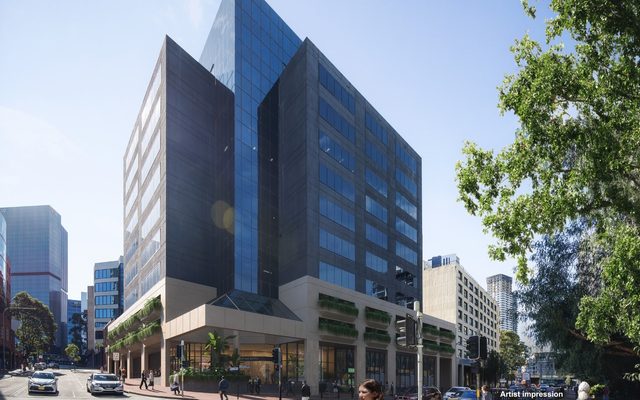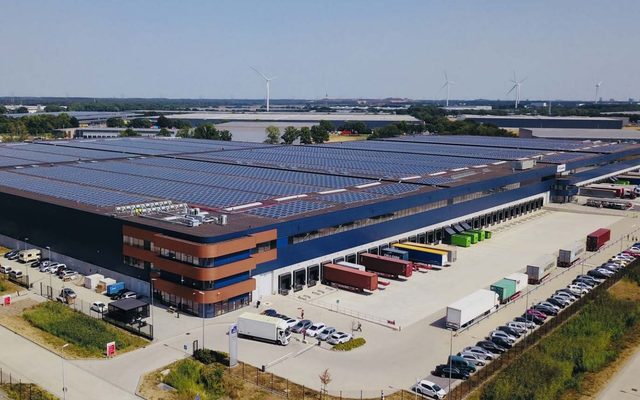This article is from the Australian Property Journal archive
THE property industry has welcomed the federal government’s decision to lower the Commercial Building Disclosure (CBD) scheme from 2000 sqm to 1000 sqm, as well as improve the Equipment Energy Efficiency (E3) program.
Under the changes announced by Minister for Resources, Energy and Northern Australia, Josh Frydenberg, from July 1 next year, any commercial building for sale or advertising space for lease over 1,000sqm will need a BEEC (NABERS Energy rating + Tenancy Lighting Assessment).
Minister Frydenberg said the move will “help inform purchasers and tenants of building energy costs, delivering more than $50 million in energy savings, and around 3.5 million tonnes of emission reductions over five years.”
The Green Building Council of Australia’s CEO Romilly Madew said lower threshold see an additional 1,000 commercial buildings disclose their energy efficiency ratings.
The Mid-tier commercial office buildings pathway report, released in 2015 and developed by the GBCA and the federal Department of Industry Innovation and Science with support from Sustainability Victoria, City Of Melbourne and EY, found an estimated 80,000 mid-tier commercial office buildings are ripe for energy efficiency upgrades.
“We believe lowering the threshold for mandatory disclosure will encourage many building owners to explore the range of services, resources and technologies that can deliver building upgrades, often at relatively low cost, with attractive payback periods,” Madew said.
CBRE Pacific sustainability director Emma McMahon said the changes will create much need accountability for the owners of secondary office stock.
“The expanded Commercial Building Disclosure (CBD) program will create a level of much-needed accountability for the owners of B, C and D-grade buildings across the country.
“Property Council of Australia research demonstrates that more than 60% of the commercial buildings in Australia are B, C and D-grade buildings. This makes up 12.5 million sqm of net lettable space.
“These buildings have an average NABERS rating of 2.4 stars (compared to 3.5 stars for larger institutionally owned buildings) and to date there has been little incentive to upgrade in order to improve efficiency,” McMahon said.
“Disclosure creates a strong market-based incentive for owners to improve their properties with cost-effective energy efficient upgrades that are attractive to buyers and tenants and increase the return on investment.
“Landlords of B, C and D-grade buildings will finally be prompted to explore energy efficiency opportunities and be accountable for their impact on the environment,” she added.
Property Council CEO Ken Morrison said the expansion of the scheme to capture smaller buildings is a great initiative and we will see the benefits flow through.
“ASBEC’s Low Carbon High Performance report states that buildings can deliver 28% of Australia’s 2030 emissions reduction target and over 50% of Australia’s national energy productivity target if the right policies are put in place to support strong action,” Morrison concluded.
Australian Property Journal



